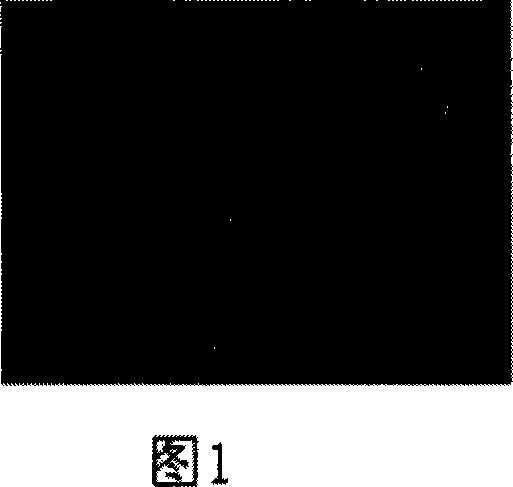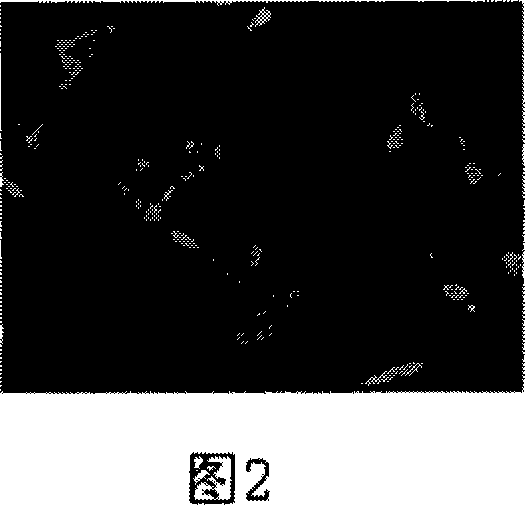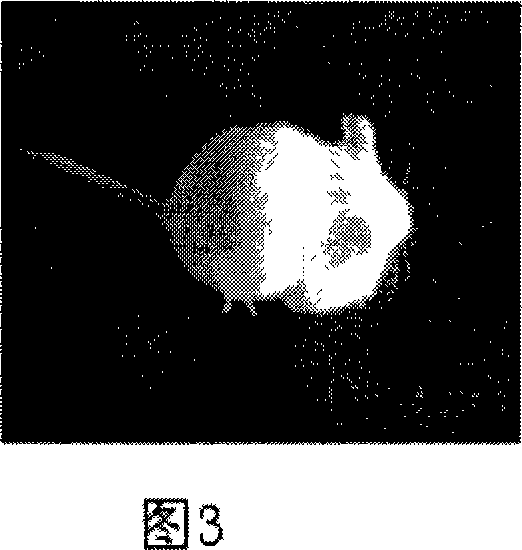Slow releasing carrier material for implanted medicine and its prepn process
A slow-release carrier and drug technology, which is used in pharmaceutical formulations, pharmaceutical sciences, medical preparations with inactive ingredients, etc. problems, to achieve the effects of easy availability, good in vitro and in vivo biocompatibility, and avoidance of negative effects
- Summary
- Abstract
- Description
- Claims
- Application Information
AI Technical Summary
Problems solved by technology
Method used
Image
Examples
example 1
[0039] Example 1: Controlling the degradation rate by controlling the different ratios of reactants.
[0040] The reactants are sebacic acid and glycerin, the sebacic acid and glycerin are mixed in a ratio of 1:3 to 3:1 by weight, nitrogen gas is passed through, and a polycondensation reaction occurs at a temperature of 130 to 160°C to form a prepolymer. Then put the prepolymer into a container with a certain shape, and further synthesize the material with a certain shape formed by the reaction at a temperature of 120-140°C. By controlling the ratio of the two, drugs with different degradation rates can be implanted into sustained-release carrier materials. It can be used for local chemotherapy after patients with solid tumors to achieve the purpose of effectively killing residual malignant tumor cells. Different degradation speeds are required dosages for different drugs. Different ratios of reactants can result in different degradation rates. When the ratios of sebacic aci...
example 2
[0041] Example 2: Control of degradation rate by incorporation of glycolic acid monomer at different concentrations.
[0042] In order to control the high molecular weight and better viscoelasticity in the polymer synthesis process, different concentrations of glycolic acid monomers were put into the prepolymer stage to synthesize the drug implanted slow-release carrier material. When the ratio of sebacic acid and glycerol is 2:1, and the incorporation concentrations are 0.2, 0.4, 0.6, 1, the complete degradation periods are 40-60 days respectively.
example 3
[0043] Example 3: Controlling the degradation rate by incorporating different concentrations of lactic acid monomer.
[0044] In order to control the high molecular weight and better viscoelasticity in the polymer synthesis process, different concentrations of lactic acid monomers were put into the prepolymer stage to synthesize the drug implanted slow-release carrier material. When the ratio of sebacic acid and glycerin is 2:1, when the incorporation concentration is 0.2, 0.4, 0.6, 1, the complete degradation period is 50-80 days respectively.
PUM
 Login to View More
Login to View More Abstract
Description
Claims
Application Information
 Login to View More
Login to View More - R&D
- Intellectual Property
- Life Sciences
- Materials
- Tech Scout
- Unparalleled Data Quality
- Higher Quality Content
- 60% Fewer Hallucinations
Browse by: Latest US Patents, China's latest patents, Technical Efficacy Thesaurus, Application Domain, Technology Topic, Popular Technical Reports.
© 2025 PatSnap. All rights reserved.Legal|Privacy policy|Modern Slavery Act Transparency Statement|Sitemap|About US| Contact US: help@patsnap.com



